In the following conversation, four members of the collective—Carlos (L05) Garcia, ill weaver, Wes Taylor, and Sage Crump—discuss how digital technology and performance can support community-based social justice organizing and transformation, the ways tech can inform process with collaborators, and how tech can create a platform for experimentation that has real-life implications.
L05: Digital technology offers an opportunity for multiple modes of storytelling, like narrative sharing and narrative shifting, which is really important to community building. It allows for various stories to be heard, felt, and seen.
Beware of the Dandelions is an illustration of the multifaceted ways digital technology can be manifested in performance. The Movement Memory Maps are communal, real-life examples of different generations and different geographic cultural and life experiences that people share with each other. Both in the real space, where we capture people’s stories of trying to make change in their communities, and in the performance space. And that set the tone. Not only for the piece as a whole as people experience it but for us making it. All of the stories and experiences people were sharing—and that we ourselves have had—made their way into the performance and influenced even the fictional parts we were writing.
Like, how do we use the characters? How do we use events that are happening narratively to reflect and represent and even expand and give more meaning to the concepts we’re challenged with while organizing?
ill: Why do you think technology is necessary to that?
L05: Technology is one of the things that offers us a way to operate nonlinearly, temporarily. It lets us capture things and play them back. It lets us depict things in ways that are either straightforward or are stylized and metaphorical. It allows us to have a single vocal performer embody multiple characters. Technology helps bring life to a whole world of people. That’s the kind of thing we hadn’t been able to do before in a traditional performance context—to multiply the number of characters we could embody in a number of stories, and the ways we can depict how people look on a screen or in a space.
Technology helps bring life to a whole world of people.
Sage: The digital space also offers an opportunity to practice organizing strategies and expand the imagination in a way that can feel really hard in real life. When you are working towards transformation, you feel the weight of that work, the weight of each decision. That makes imagining new ways of being harder. In a digital space or in an experience like Beware of the Dandelions, there’s an opportunity—without that weight of actual physical bodies on the line and the highness of the stakes—that digital performance work can create some space for imagination. The digital space offers a way for folks to practice and play and imagine so that they can try new things, which changes the way people think about change. It builds the imagination that leads to new strategies for real-life organizing.
L05: There is the potential for different kinds of collaborations in these emergent-style artistic creation processes in which the work iterates not only through the vision of the artists but also through the organizing needs of the community and our community partner’s vision. Whether it’s something like our Juneteenth event or being able to work with Siwatu again to design and create content.

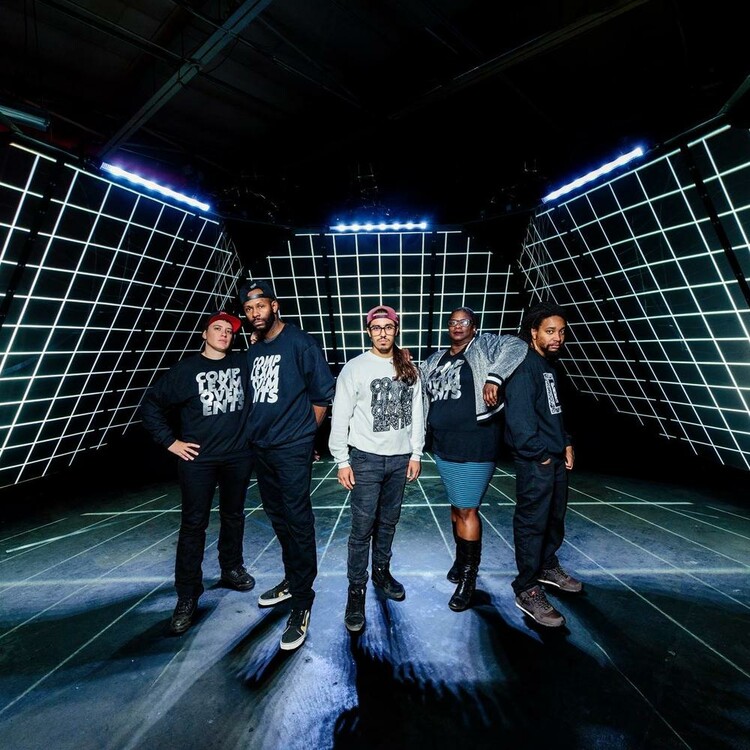
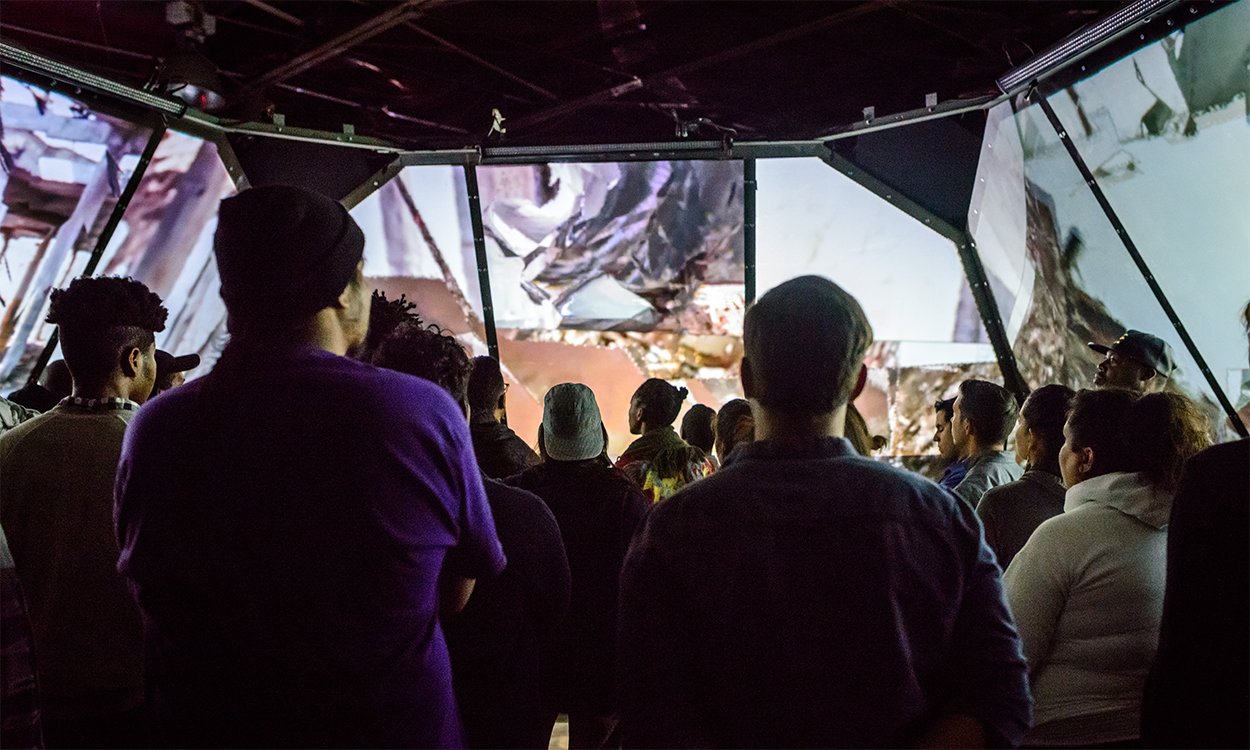
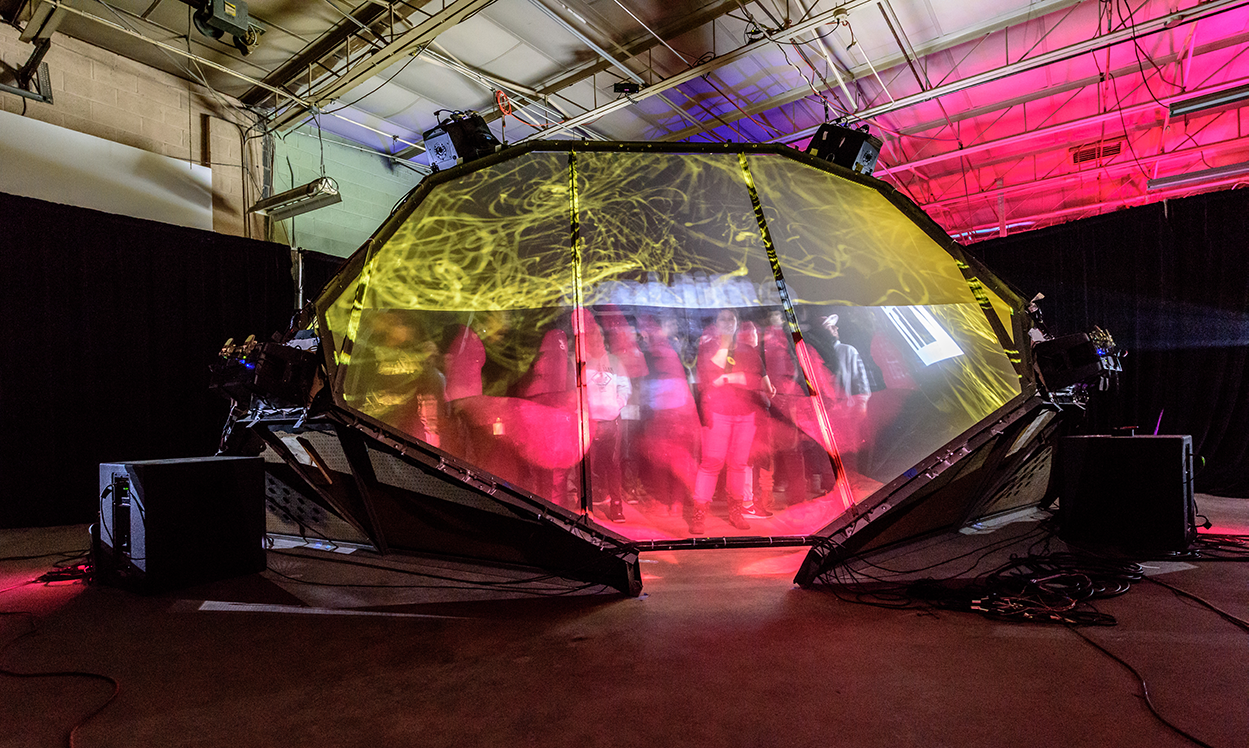
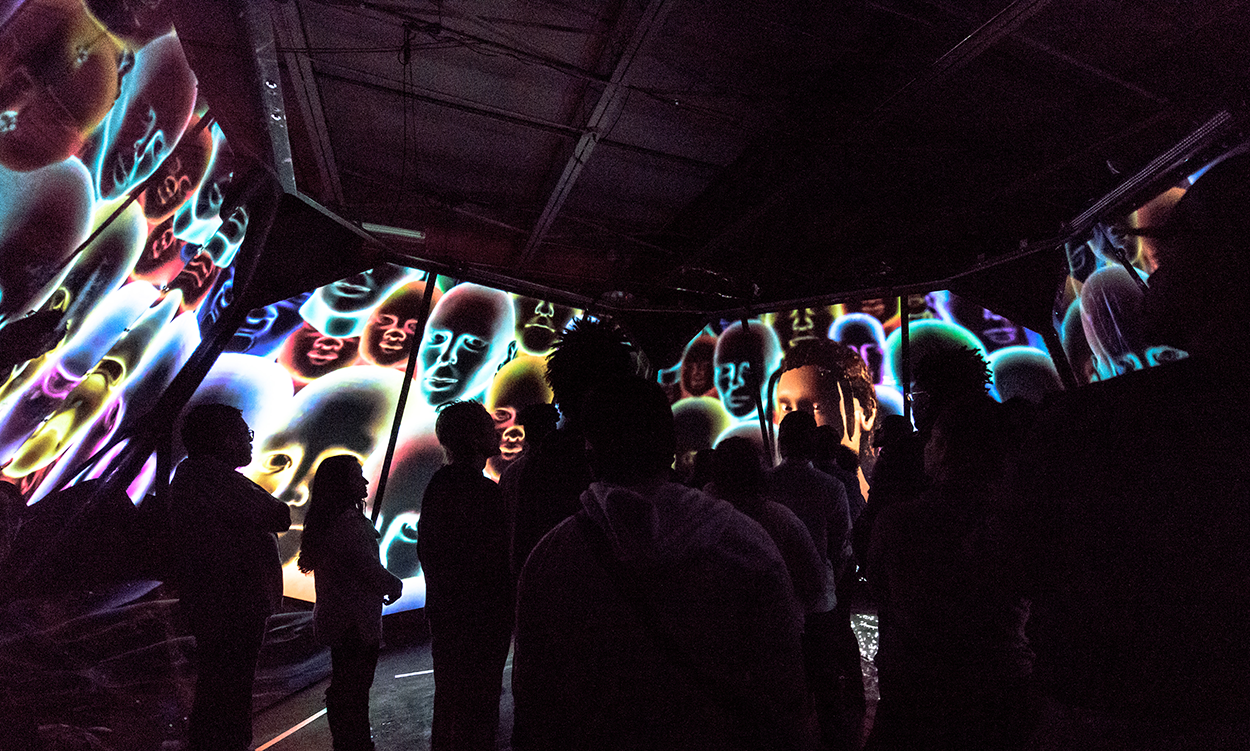
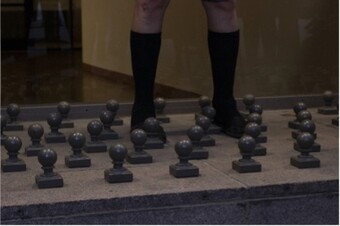


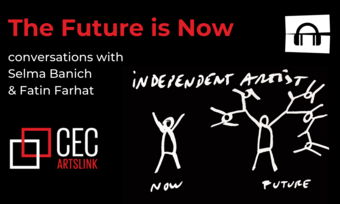





Comments
The article is just the start of the conversation—we want to know what you think about this subject, too! HowlRound is a space for knowledge-sharing, and we welcome spirited, thoughtful, and on-topic dialogue. Find our full comments policy here